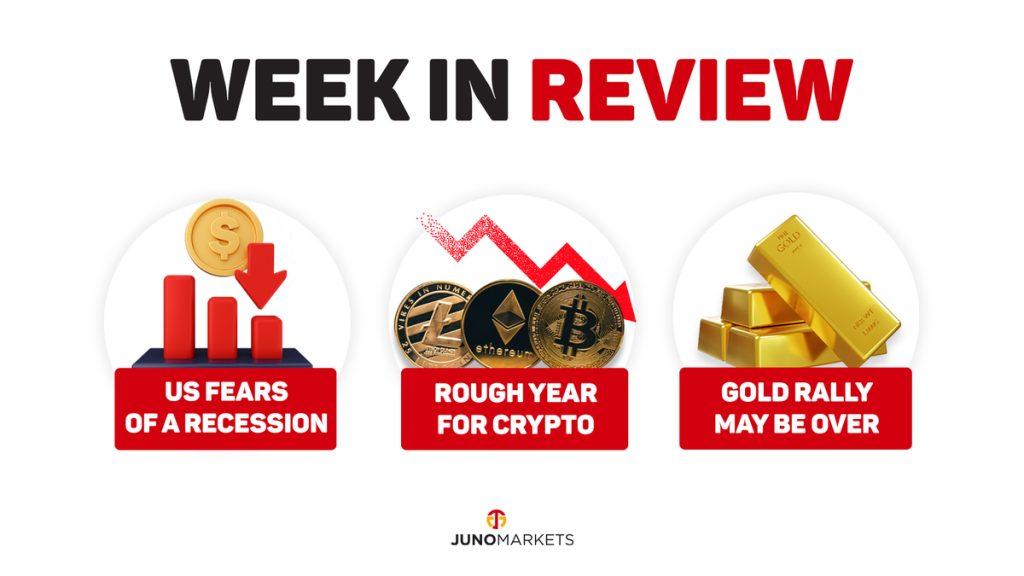US Fears of a recession:
The Federal Reserve will push the economy into recession as a result of its intensified economic battle with inflation.
As reported, the S&P 500 Index wound up having its worst first half of the year since 1970, even though the decline was caused worse by the index reaching its historic level on January 3.
Personal consumption expenditures (PCE) data May that was released on Wednesday, showed that consumers were also pulling back.
Purchases fell by 0.4 % in May, which was the first decline in 2022 after the adjusted inflation, and due to a 1.6 % dip in goods purchases. Purchases went up by 0.3 %, but most of the growth was driven by spending on housing and healthcare.
Inflation-adjusted disposable income, reported Thursday, fell 0.1% over the month.
Rough year for Crypto:
It’s been a rough year for cryptocurrency. It went from bad to worse in June as the market rotation out of risk assets continued. Bitcoin (BTC), Ethereum (ETH), and other cryptocurrencies fell significantly.
Bitcoin prices fell nearly 38% in June, finishing the month at less than $20,000.
Ethereum prices dropped more than 42% month over month to less than $1,100. ETH is now down more than 50% year to date, while BTC is down 60% over the same period.
In November 2021, the market capitalization of all cryptocurrencies reached its highest number of almost $3 trillion. With around $2 trillion lost, it is currently hovering around $866 billion.
Gold rally may be over:
The Russian invasion of Ukraine has affected the price movement for gold in Q1 2022.
As a result, gold prices lost all of their Q1’22 and gains in Q2’22 and are currently remarkably stable year-to-date.
It’s difficult to envision how the environment becomes any more appealing for gold prices from a fundamental perspective.
In the forecast for the next few months, gold prices have two likely paths forward:
– Sideways (higher inflation expectations as central banks raise rates, maintaining stability in real yields), driven by higher food and energy prices;
– Lower (stability in inflation expectations as central banks raise rates, pushing higher real yields).




